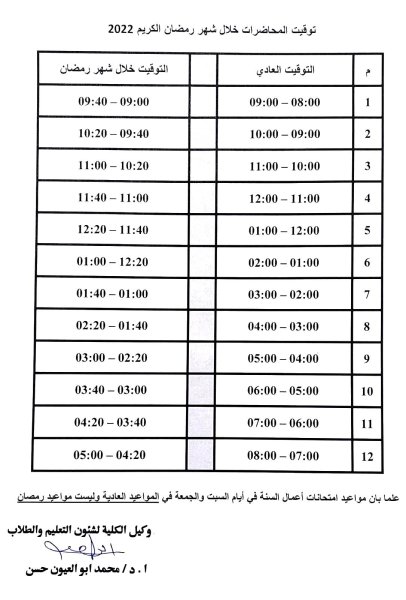Optical characterization of amorphous Ga50Se45S5 films.
The transmission spectra of thermally evaporated Ga50Se45S5 films were measured over the wavelength range 300–900 nm. A simple method, suggested by Swanepoel, was used for the determination of the optical constants and thickness of the films. Increasing the thickness of the film beyond 450 nm does not affect the optical constants. The dependence of the absorption coefficient on the photon energy (hν) at the edge of the absorption band is well described by the relation αhν=β(hν−Eopt)2 with an optical gap equals 2.4 eV. A good fit of the experimental points with Tauc relation indicates that non-direct transition is the most probable mechanism responsible for the photon absorption inside the investigated film.



